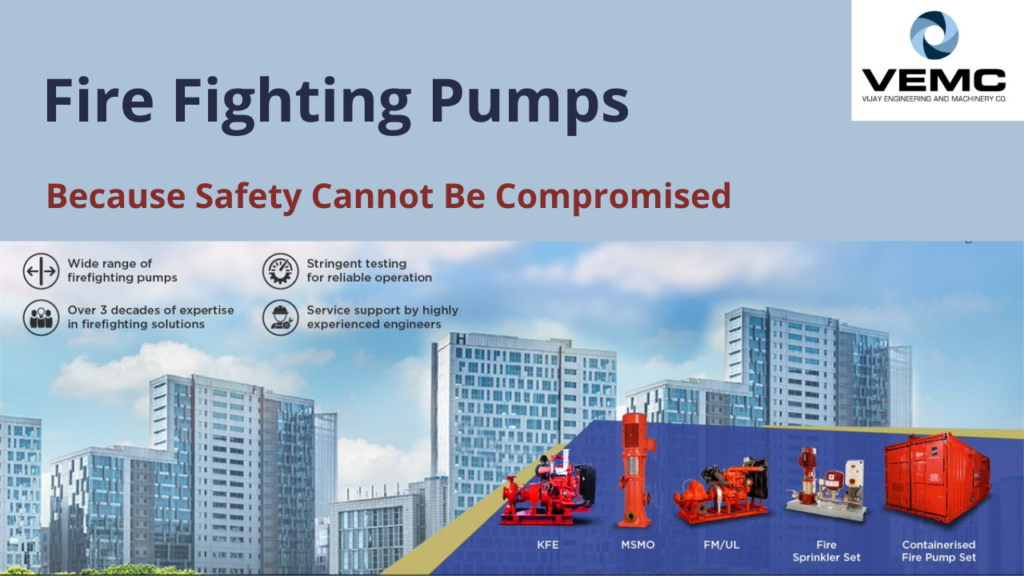Kirloskar’s passion for innovative technology lies at the heart of its business operations. To be at the forefront of change and incorporate cutting-edge technology in its products requires significant investment in Research & Development. As we embrace futuristic technologies of Machine Learning, AI, and IoT, Kirloskar has taken the pioneering step towards bringing these technologies to pumping. This deliberate effort in planning and R&D has enabled Kirloskar to design KirloSmart, a product that uses the Internet of Things (IoT) to keep track of pump parameters without having to visit the site in person. KirloSmart can monitor parameters like flow, pressure, vibration, bearing temperature, voltage, current, energy consumption, etc.
KirloSmart effectively converts conventional pumps into IoT pumps. The tool includes embedded hardware along with a field sensor and web portal facility. All the data that the pump generates gets communicated to the user through the wired ethernet or 4G network, available through a KBL web portal and mobile app accessible on devices like laptops, desktops, smartphones, or tablets. The interface is highly interactive and user-friendly. KBL’s modern pumps, therefore, do not require any physical supervision, and monitoring is possible remotely, thanks to KirloSmart. It helps monitor pump health on a real-time basis by appropriately sensing its critical health parameters.
Another benefit of KirloSmart is predicting the breakdown of pumps and zeroing in on the reasons for it. This helps save time and costs of technical labour, identify the causes, and arrive at the remedy quickly. In case of a breakdown, KirloSmart comes up with a set of alternatives that could help resolve the problem. It also helps schedule the maintenance intervention of the pumps so that there is minimum maintenance cost. Predictive or preventive maintenance is always better and less expensive than breakdown maintenance. It also facilitates spare management and presents reports based on spares due for replacement.
KirloSmart is capable of sending alerts through SMS, e-mail, and mobile push notifications regarding the health parameters of the pump. It can also provide the live status of the pump on a real-time basis. Being a remotely operated technology made KirloSmart a very popular tool during the pandemic. However, paving the way for the smart pumps of the future, its utility will continue to be high even after the pandemic. After all, customer ease and convenience are central to KBL’s business philosophy.
For further information on industrial pumps, motors and other equipment, please feel free to contact us on +919819907445. As leading industrial water pump suppliers in Mumbai, it would be our pleasure to guide customers through finding the best match based on specific requirements. VEMC is an authorized Kirloskar dealer. It is ISO 9001:2015 certified and a pioneer in electromechanical engineering products, allied equipment, and other services in the field.







